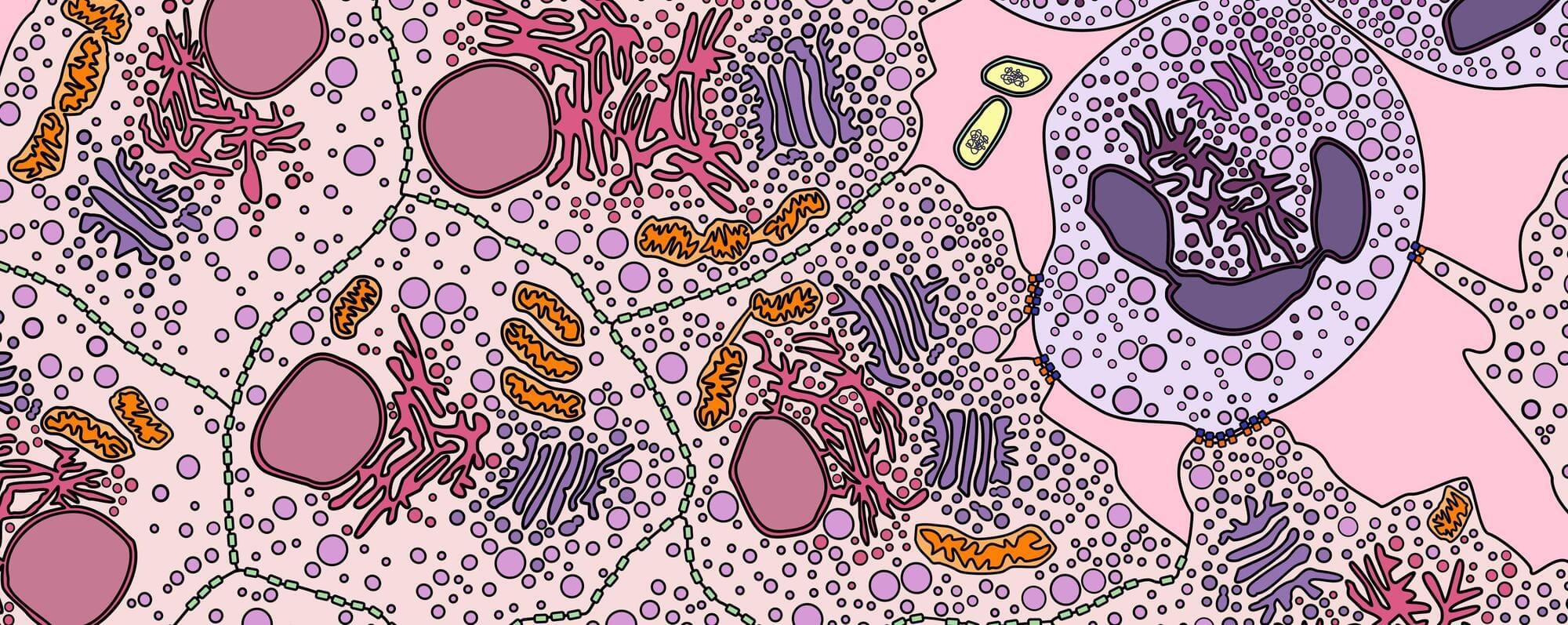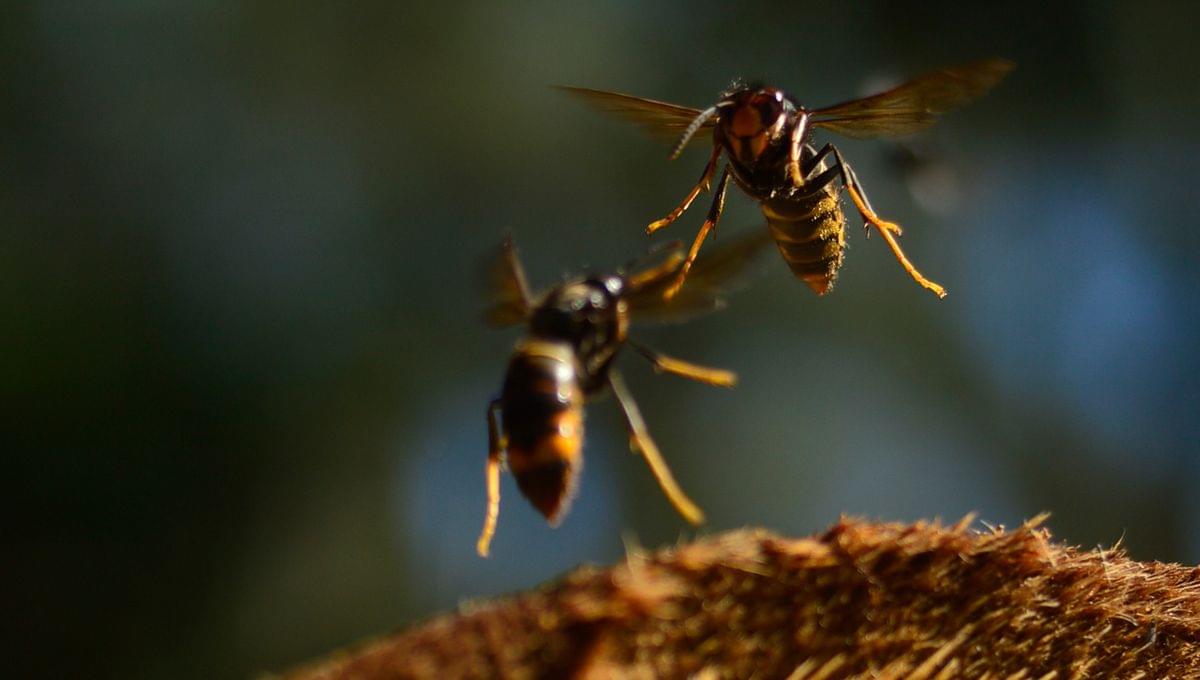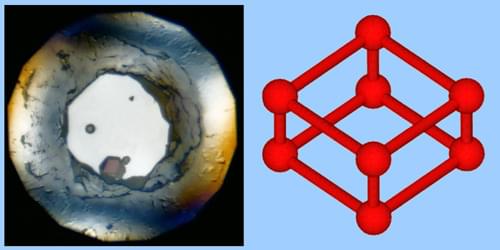Untethered acoustic levitation device enables frictionless, high-speed movement of delicate components in industrial applications.



Astronomers at the Pan-STARRS Observatory in Hawaii made history in 2017 when they detected ’Oumuamua, the first interstellar object (ISO) ever observed.
Two years later, the interstellar comet 2I/Borisov became the second ISO ever observed. And on July 1st, 2025, the Asteroid Terrestrial-impact Last Alert System (ATLAS) in Rio Hurtado detected a third interstellar object in our Solar System, the comet now known as 3I/ATLAS (or C/2025 N1 ATLAS).
Like its predecessors, the arrival of this object has fueled immense scientific interest and led to proposals for missions that could rendezvous with future ISOs.







This attack is notable not least because it obviates the need for an attacker to send an RST_STREAM frame, thereby completely bypassing Rapid Reset mitigations, and also achieves the same impact as the latter.
In an advisory, the CERT Coordination Center (CERT/CC) said MadeYouReset exploits a mismatch caused by stream resets between HTTP/2 specifications and the internal architectures of many real-world web servers, resulting in resource exhaustion — something an attacker can exploit to induce a DoS attack.
